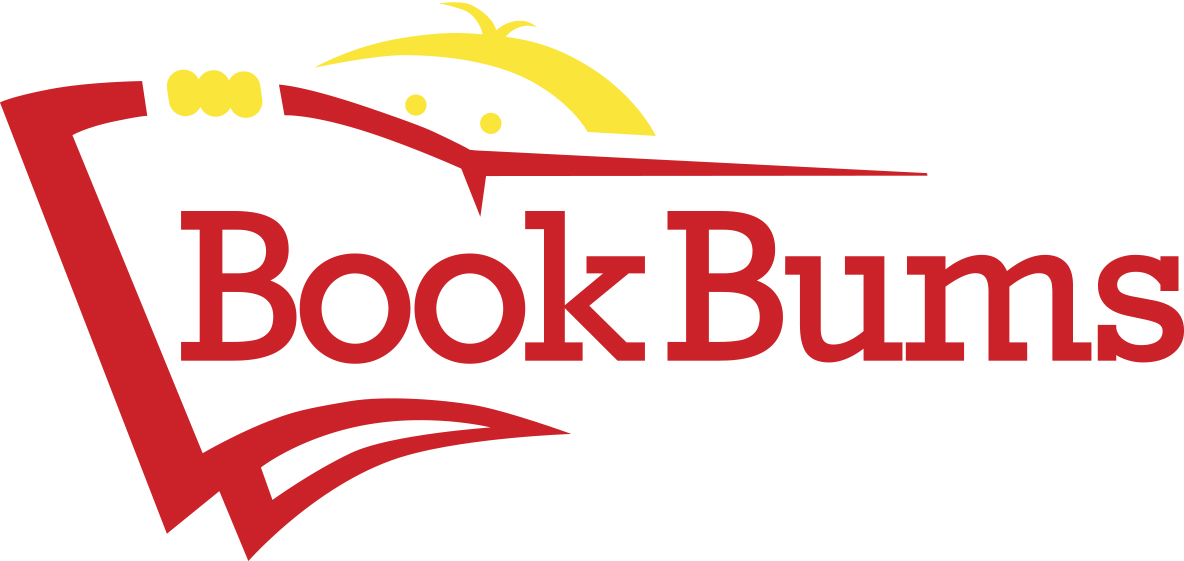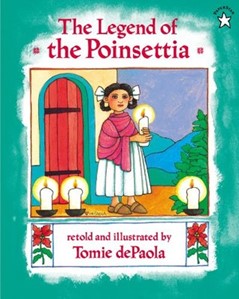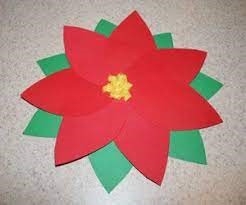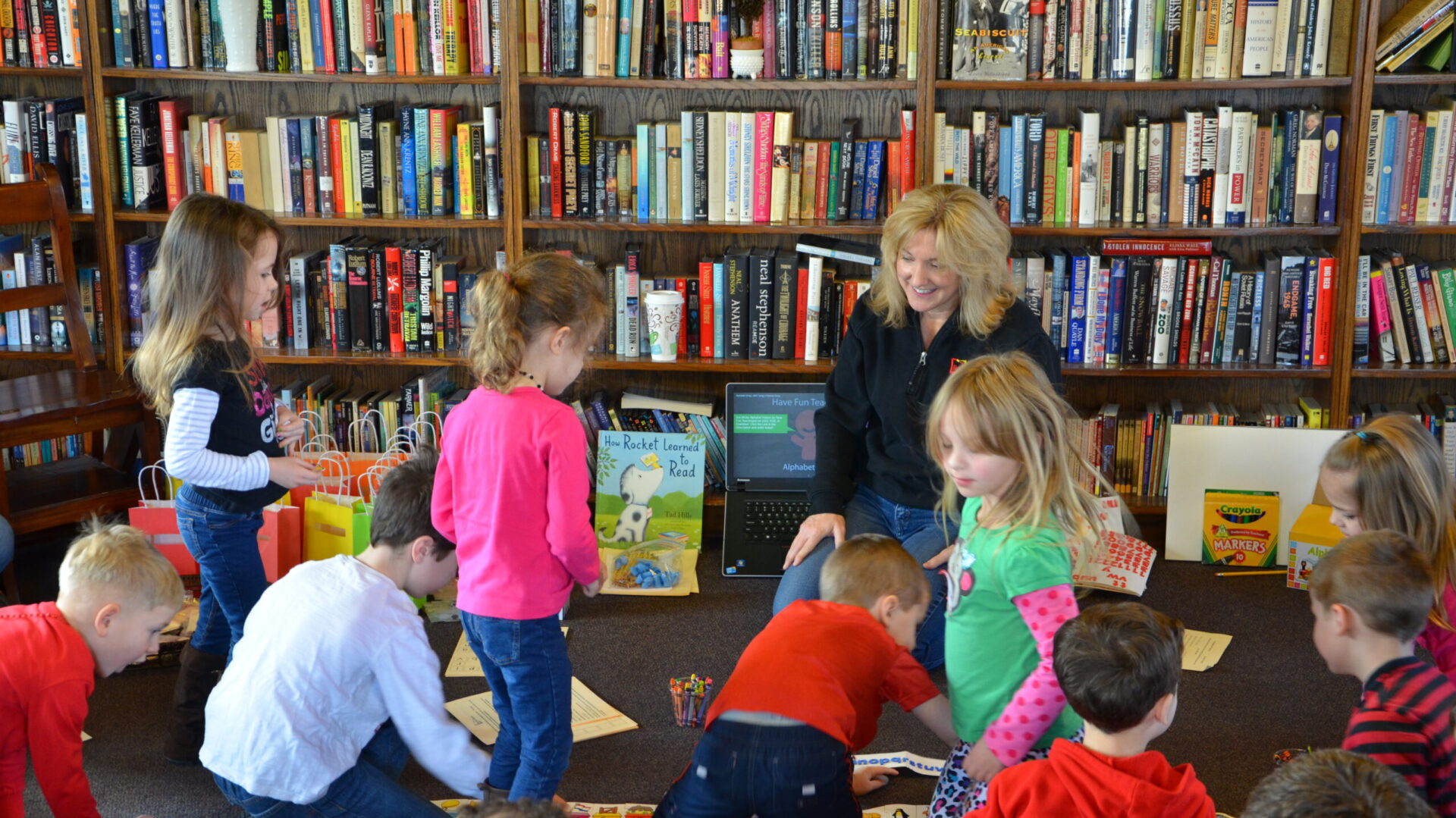
Hello Book Bums families!
Have you ever had the experience of reading a book that makes you curious about something, so you look it up and get curious about something else? That's sort of what happened with us this week. We started out exploring the Christmas tradition of poinsettias and ended up learning about Saint Nicholas and Latin word roots. We're bringing you along for the ride as we get curious this week about Christmas books and language.
"If I was a book I would like to be a library book so I would be taken home by all different sorts of kids."
-author Cornelia Funke
Bookbums.com is an Amazon Associate; We earn from qualifying purchases. This means that if you click on a link to Amazon.com and make a purchase, We may earn a small commission at no extra cost to you. We do recommend the products. Feel free to find them by other means.
Word of the Week
sanctuary (sang-shoo-ery) noun - person, place, or thing
1. a place of refuge or safery
2. a holy place, a temple or church
The sanctuary was filled with poinsettias for the sacred Christmas celebration.
Literary Calendar
• December 10 is the birthday of author Cornelia Funke.
• This German author is well-known for her fantasy novels including Dragon Rider and the Inkheart series, but she first worked as an illustrator.
• Younger readers may enjoy starting with Igraine the Brave, a fantastical but less intense novel.
• Funke's website includes a literary Advent calendar and some fun artistic activities.

From our Bookshelves

A legend is a traditional story that is regarded as historical, and yet the story has not been authenticated. Sharing The Legend of the Poinsettia, by Tomie dePaola, is a perfect way to introduce legends to some kids you adore. The story takes place in Mexico, and kids are sure to enjoy the bits of Spanish dePaola sprinkled here and there as he retells the tale. This is a story of the Christmas miracle that explains how poinsettias have become beautiful part of our holidays.
As I re-read the book, I noticed the name San Gabriel and remembered that "San" and "Santa" are the Spanish masculine and feminine titles meaning "Saint." Quite a few US cities have San in their names (names of men). Think: San Diego, San Francisco, San Antonio, etc. These places got their names from missions that were founded by Spanish Catholic priests in the late 18th and early 19th centuries. There are also many cities that have Santa in their names (names of women). Think: Santa Monica, Santa Barbara, etc.
So why isn’t Santa Claus called San Claus? He’s a man, after all.
First, very little is known about the historical Saint Nicholas. The earliest accounts of his life were written centuries after his death and contain many legendary elaborations. One of the most common stories involves him tossing gold through the window of the home of a man who’d fallen on hard times. The gold, so it goes, rolled into a stocking that was laid before the fire to dry. This, it turns out, was the original stocking stuffer! With the gift of gold, the man’s daughters would have a dowry which would improve their chances for finding good husbands.
Now, the term Santa, that we use today, refers to Saint Nick, but the name we use in America, Santa Claus, doesn’t derive from Spanish. We use a Dutch derivation. The original name was Sante Klaas, and we adapted it to be Santa Claus. That “Santa” is not a feminine title.
More Nerdy information-
When I remembered that san means saint, I began to wonder if the word sans, meaning “without,” has the same origin.
It does not. It’s French. Note: Sans does not rhyme with cans.
The correct pronunciation is /sawns/.
Example:
Every once in a while, it's great to have a grown-up meal in a restaurant, sans kids.
Tips for Families
Make poinsettias with your kids. We’re including a sample pattern for your use, here. You will need red (a couple of pieces), green (one piece), and yellow (just a small piece) construction paper. You’ll also need glue, scissors, and a hole punch.
Have your kids use the pattern to cut two red piece and one green. When cut, glue one red piece to the other, offset a bit, so you can still see the bottom leaves. Glue the green piece to the bottom of those, making sure you can see some green peeking from underneath. Finally, with a hole punch, make lots of “holes” from the yellow paper and glue them to the center of the top red section to mimic the look of the tiny poinsettia flowers.

You should know that the poinsettia’s red leaves are not the flowers, so when you’re making these beauties with your kids, refer to the red portions as leaves. The flowers are the yellow parts of the poinsettia.
TIP-
If you purchase or receive a real poinsettia for the holiday season, know that you should keep the soil moist. Water the plant when the soil feels dry to the touch or when the pot feels light when lifted. It’s recommended that poinsettia owners remove the plant from the decorative foil, set it in a sink, and water the plant thoroughly. Allow the plant to drain completely, and return the plant to the foil, if desired. Repeat when the soil feels dry again.
Poinsettias are not harmful to humans or animals, so we can enjoy them without worry all season long!
Tips for Readers and Writers
You could use some of the poinsettias you make as gift tags. They’d look gorgeous on brown paper packages (tied up with string). You could even promote writing by teaching your kids to write the names of the people with whom you’re sharing gifts. Remind your kids that names almost always begin with an uppercase letter You can share that it is very rare when a name begins with a lowercase letter. It just so happens that our featured book is written by an author whose last name doesn’t begin with a capital letter, dePaola. Share with the kids how odd that is in our country. Next, invite the kids to practice writing the names of your gift recipients. When they’re ready, have them do it one more time but with an embossing pen. Sprinkle on some embossing powder, and then allow them to heat their names with a heat gun. I know they will really enjoy creating the fancy, tactilely-pleasant names of loved ones.
Wordology Workshop
• The Latin root sanc means holy.
• You can find it in the WOW, sanctuary as well as words like sanctify and sanction.
• Words have family trees just like people do. Sanc, meaning holy, is related to san and santa meaning saint.
Practical Grammar
When writing Christmas cards (or anything else, for that matter) we certainly want to avoid embarrassing spelling and grammar errors. The goal is not to make anyone feel small for their errors, rather, the goal is to improve our writing.
But why is grammar important, anyway?
I dug into that question a bit. Grammar includes the accepted conventions for sentence structure, spelling, capitalization, and punctuation. It promotes effective communication, readability, clarity, accessibility (especially for non-native speakers), connection, and an overall good impression. In a world where many have a desire to stand out, grammar is a place where the need for convention remains.
Isn’t grammar just outdated rules defended by a bunch of tight-laced academics who get their jollies imposing a lot of “shoulds” and “shouldn’ts” while marking papers with lots of hateful red x’s? Does grammar really matter?
Consider this . . .
I once had a parent who expressed concern when talking about the writing instruction I offered in my first-grade classroom. I was a new teacher, and I was explaining that using blank paper encourages creativity with beginning bookmaking. The parent (who became a friend) said, “You know, I’ve found boundaries to be quite freeing.”
It wasn’t immediate, but I learned the value in her words. Conventions—the very things that, at first sight, seem to stifle us, actually promote creativity. Over the course of my career, I learned that if I truly value creativity, I must first equip students with conventions. When those become known and are used with automaticity, student have more freedom in their writing. It’s true for us, too. Grammar matters.
Here are some common Christmastime blunders often made by kids and/or adults:
No Mary Christmas
Yes Merry Christmas
No Seasons greetings!
Yes Season’s greetings!
No Santa Clause
Yes Santa Claus
No Its beginning to look alot like Christmas!
Yes It’s beginning to look a lot like Christmas!
No Have a Merry Christmas!
Yes Have a merry Christmas!

Read Free Kindle books with the Kindle app!
If you know someone who would benefit from our newsletter or tutoring at Book Bums, please share this email with them! Thank you.
Copyright © 2024 Book Bums, All rights reserved
Our mailing address is:
7967 Cincinnati-Dayton Road Suite L
West Chester, OH 45069

